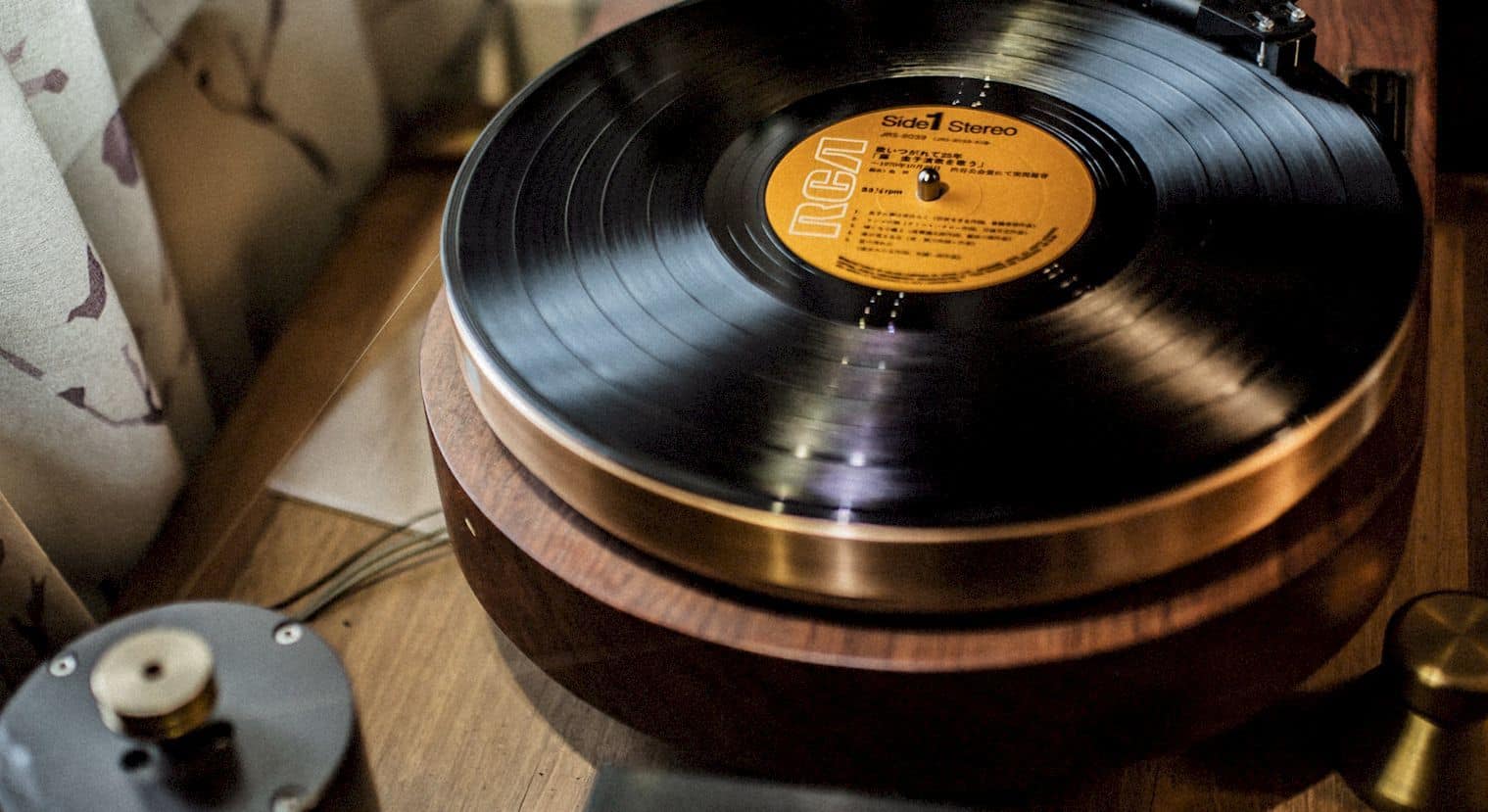Is your turntable speed puzzling you? Do you want to know why you are getting an extremely fast or low speed on your records? We have gathered some facts to serve as your guide to help you begin with turntables and determine all the parts you will have to begin listening to records and relish the pleasant vinyl sound. You will also learn more about the essential topics to give you information on some of the distinctions that go into attaining the best sound performance.
Contents
Three Speeds of the Vinyl Records
Almost all of the vinyl records you can purchase comes with any of the three common speeds which are 33, 45, and 78 RPM. That description is precisely what it appears like, citing the speed at which the record you are attending to is likely to swivel on the turntable that you are using. If you happen to play the music at the wrong speed, you may notice that it sounds a little ludicrous.
These figures actually antecede to the first phonograph which did not possess an automated motor and rather worked out through the hand crank. The story says that a typical user cranked the device at approximately 80 RPM. While turntables equipped with motors were designed and a definitive speed was required, 78 RPMs surge significantly to respond to that call. This particular format permitted for around 3 to 4 minutes on each side.
The 33 RPM records surge to eminence when record industries learned that it is possible to print data into a smaller dimension without risking the quality of audio throughout the process. On the spur of the moment, this format can do around a 22-minute playing time for each side.
The primary benefit of the 45 RPM to the table is one of size. Physically, these records were smaller as compared to the 78s, which implied that the records themselves can be created more economically. When it comes to the quality of audio, the two were quite similar, in such a way that the size instantly turned a huge justification why 45s swiftly exceeded 78s when it comes to mass appeal.
However, that does not suggest that 78s completely vanished. They were still even developed up in the year 1950 and beyond. It is just when it comes to that specific period in history, new automation rose and there was no overturning.
Test and Adjust the Turntable Speed
There are several ways available when testing for the turntable speed, some are more reliable than others. Although you can find phone applications for this, you cannot expect them to be entirely precise since you are unevenly putting weight on the platter. Thus, the preciseness may vary from one phone to another.
The most effective method is by employing a strobe disc. Speed discs make a discernible approach to testing the turntable speed. To perform this method, you should secure a printer and a 50Hz or 60Hz bulb.
Simply print and sever the speed disc that parallels your chosen lamp. Prick a hole in the middle of the disc and out on top of the spindle of the turntable platter. Position the bulb in such a way that the light is gleaming on the disc. Position the speed selector to your desired speed to test. You may have to deactivate the Auto Stop to let the platter rotate without mobilizing the tonearm.
Related: Rega Vs. Pro-Ject Turntable
As the platter spins, observe the bars in the speed disc. You will know if the speed is right if the bars seem to stand firmly. However, if the speed is extremely fast, the bars will appear blurred and rotate clockwise. If the speed is extremely slow, the bars will seem to reverse.
The service manual of your turntable is commonly available online and will demonstrate to you the placement of the adjustment screws on the table. However, if you cannot locate the correct manual for your turntable, you may opt to look at another one for an identical model.
If you still cannot figure it out, consider hoisting the pad and check below the platter if there are adjustment screws. If you cannot find them there, check underneath the motor. Certain turntables come with holes or surface knobs that let you do adjustments through the top portion of the deck. Nevertheless, most adjustments are done underneath.
It only says that the turntable should be leveled before doing adjustments. Bar it up with wood or in the middle of two tables so you can find access underneath. Commonly, the adjustment screws are assembled in such a way that a clockwise turn accelerates the platter, else way, a counterclockwise rotation will reduce the speed. Remember to adjust first the 33 1/3 RPM speed.
The specific audiophiles will get a small and non-metallic screwdriver to do the adjustments, however, that is not entirely required. The screws are modifying the speed potentiometers.
You can check my article about the best turntable with speakers here. It will help you a lot.
Maintaining and Fixing It
Just like with other things, you have to be particular with the record player. See to it that the dust cover is on each time it is not used to prevent particles and dust from obstructing the system through time. If you think that you can do the cleaning and oiling, then do it regularly. If not, see to it that you give it a service by bringing it to an expert at least once every two years, except if there are some concerns.
You may also have to change the belt on the deck every five years. This is the first thing to see if you notice that the audio sound is off. You can tell if it is completely broken once the platter does not rotate.
Recommendations on the time interval in changing the stylus differ from every 1,000 to 2,500 hours of play. If you are experiencing issues with distortion or noise, you may want to decide in replacing it.
You can find four shapes of the stylus just in case you choose to replace it, Entry-level decks will normally have the spherical one. Although they are quite acceptable, they can flounder in getting the better frequencies from the record trench.
Last Words
Getting your first record can be exhilarating, and collecting vinyl records is surely exciting. However, remember to learn first the detailed guide about turntable speed. You should also give importance to learning its maintenance if you are sincere in achieving an impressive sound performance.

HI, John Andrew here. I’ve been an audiophile since I was a little kid. I’m an original member of myaudiolover . It emerged as a way for me to share my passion and knowledge for audio technology. If you’re looking for tips, techniques, and insights about audio-tech, that can enable your productions that professional edge, then MyAudioLover is the place for you!


